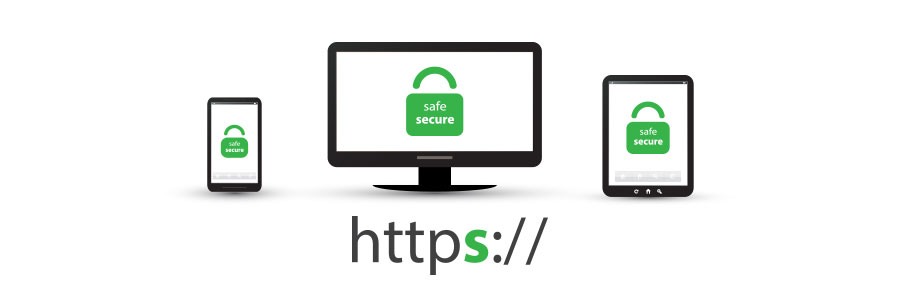The public went into a frenzy when reports surfaced that Cambridge Analytica, a UK-based data analytics firm, retrieved millions of Facebook users’ private information without their knowledge. But that doesn’t mean you can’t do anything about it, and here are 3 ways to guarantee your data remains private.
Protect your Facebook data with these 3 steps
Gearing up for phishing scams in tax season

As tax season looms, so do phishing scams. For cybercriminals, this is the ideal time of year to deceive unsuspecting individuals into releasing sensitive private or company information. Businesses must therefore take extra precautions between now and April 17th to avoid hackers from selling your confidential data in the dark web.
What private browsing can and can’t do
Quick recoveries with external IT support
Hypervisors: potential risks and threats
Equifax finds more users hit by major breach
Safe web browsing requires HTTPS

Very few internet users understand the meaning of the padlock icon in their web browser’s address bar. It represents HTTPS, a security feature that authenticates websites and protects the information users submit to them. Let’s go over some user-friendly HTTPS best practices to help you surf the web safely.
The difference between Windows 10 versions
Chrome users panic as new scam spreads

With evolving technology comes evolving threats. Recently, a researcher revealed that a new type of scam freezes Google Chrome and tricks users into believing that their network security has been compromised. Little did they know that following instructions listed on the screen will lead to an actual security breach.
Single Sign-On: The Answer to User Management

Statistics show that the average enterprise uses more than 90 cloud services. Even if small businesses use less than half that number, securely managing account logins is still a huge problem for users and administrators. Single Sign-On (SSO) is an excellent solution to this issue, so let’s dive into how it works.






